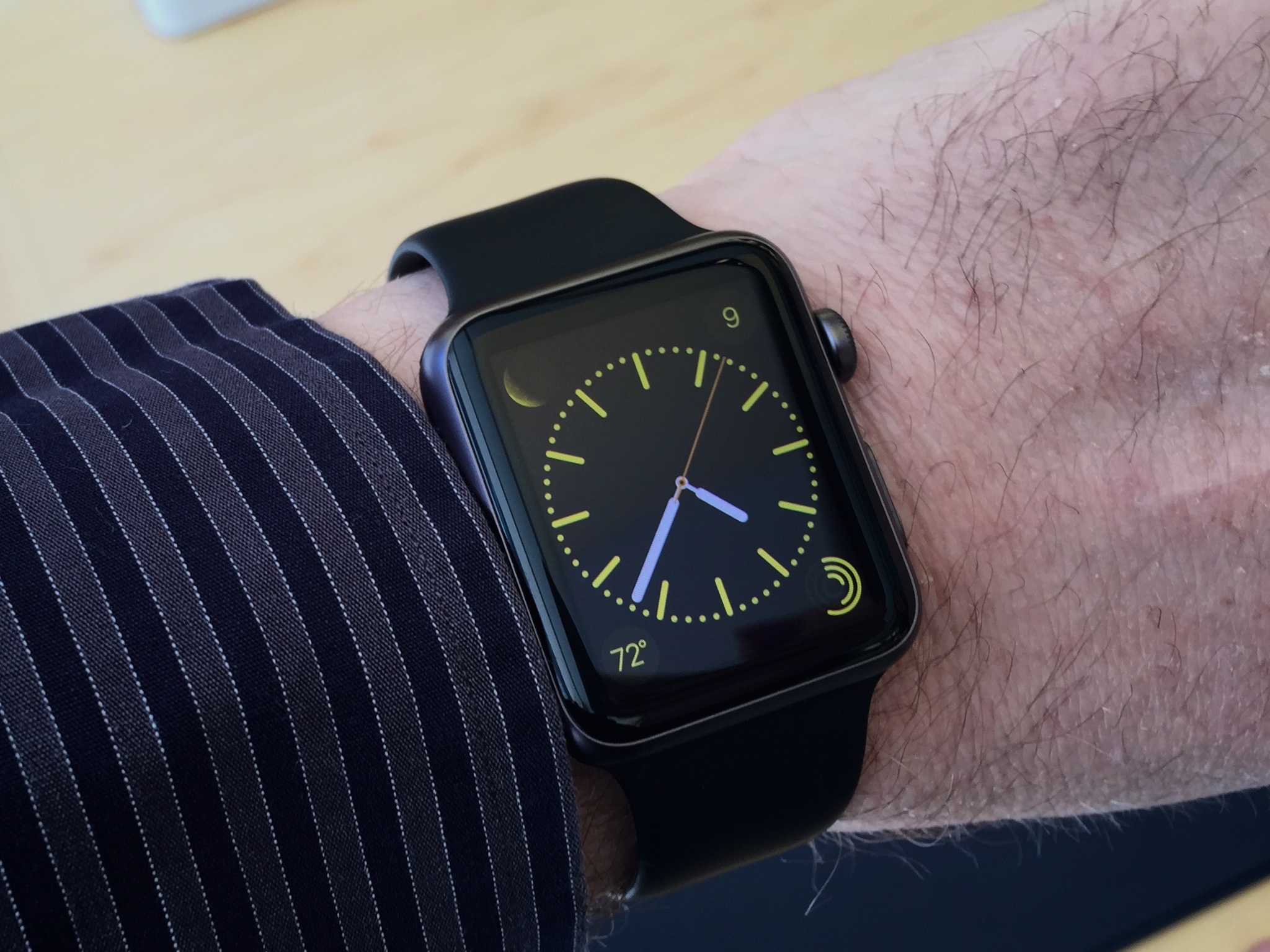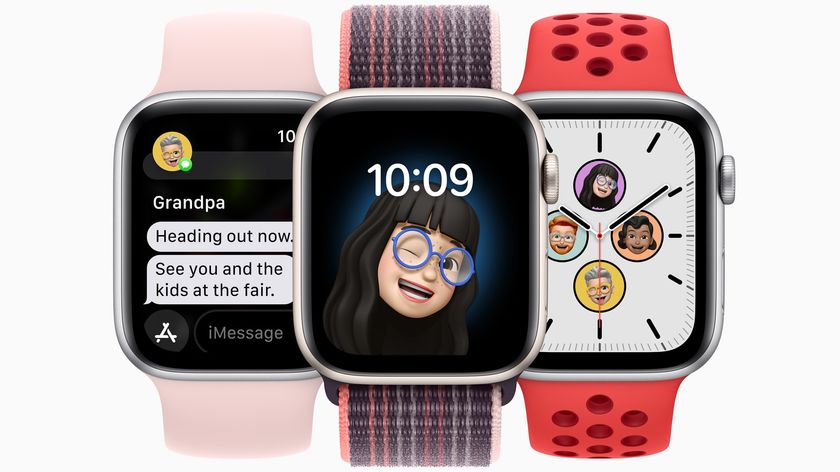The Apple Store experience, good and bad

My weekend job is working at a local independent Apple reseller. For the past week or two we've had a steady trickle of customers who have come in looking for the Apple Watch. We have to tell them we don't have it — the only places where you can find the watch right now are Apple retail stores and a few select high-end boutiques.
What's interesting to me is their reason for wanting to come to us: They don't want to go to an Apple Store. They've been there, either for a Genius Bar appointment or to buy something. And they're not anxious to go back.
Apple runs the most profitable retail business in the United States. For 2014, their sales per square foot were higher than luxury brands like jeweler Tiffany & Co. and designer boutique Michael Kors. Not just by a little, either: Tiffany, which is in second place, eked out barely 65 percent of what Apple manages to move per square foot - almost $4,800 per square foot, according to a March report.
Stockholders and analysts can't argue about Apple's retail profitability. Traumatized customers tell a different story.
Apple is very picky about where it puts its stores. Many customers have to plan trips to the stores because they're not nearby. My closest Apple retail store is almost an hour away, for example — which explains why the customers in my local store try to avoid it, too. When you finally get to an Apple Store, they're too often overcrowded. Showing up at most stores for Genius Bar help without making an appointment is fruitless and frustrating. Even with an appointment, they often run later than your scheduled appointment time. Stockholders and analysts can't argue about Apple's retail profitability. Traumatized customers are a different story.
That's why I said last week that the new Apple Watch experience has been such a welcome change. It was a pleasure to be able to walk in to an Apple Store and not have to deal with people crowding around tables to gawk at the new device.
It was delightful to have unmolested one-on-one time with the product and the full attention of an Apple Store employee who was there only to help me. It was a level of personal connection to the product and the store that I haven't had in an Apple Store in many, many years. I also anticipate this experience changing before too long.
In an email to employees last week, Apple's retail chief Angela Ahrendts noted that this new process isn't a permanent change for Apple Stores. She called the Apple Watch rollout "a completely new approach" to launching a new product.
Master your iPhone in minutes
iMore offers spot-on advice and guidance from our team of experts, with decades of Apple device experience to lean on. Learn more with iMore!
Are we going to launch every product this way from now on? No. We all love those blockbuster Apple product launch days—and there will be many more to come.
I have little doubt that Apple is using scarcity as a tactic to drive interest in the Apple Watch, because it's an entirely new product segment. That's smart business: Smartwatches haven't exactly sold in volumes that would make Apple think they could sustain indefinite high-volume sales from day one.
Apple, we know what a laptop is and how it works.
What's more, analysts have wildly disparate predictions about what sort of sales Apple will announce after the watch starts shipping, which tells you that the rest of the industry doesn't really have a clear idea, either.
I also think trying that same strategy with the MacBook is foolish. I hope that particular bottleneck resolves itself a lot faster than the Apple Watch.
Apple, we know what a laptop is and how it works. The Force Touch trackpad and the new keyboard are cool. The razor-thin architecture and iPhone-matching color give it an elegant panache, but the MacBook is still just a MacBook.
MacBook though it may be, it also poses some unique engineering and production challenges for Apple and its manufacturing partners that's taking time to sort out. So I don't believe the issue with the MacBook is forced scarcity as much as simple production issues. Hopefully we won't have to wait until June to see them available in quantity.











